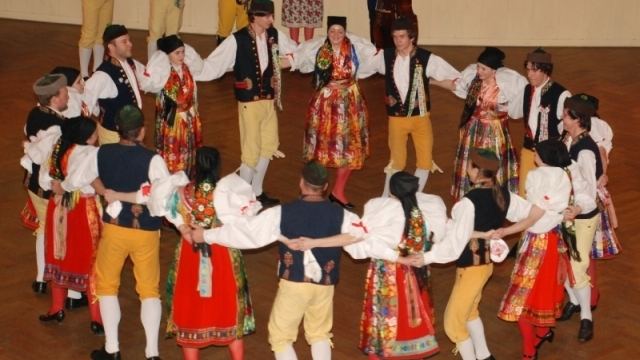 | ||
T i sestry chodov
The Chodové (Chods, "Walkers", "Patrollers" or "Rangers") are an ethnic group living in western Bohemia. Today, the Chodové live in an arc of villages near the western border of Czech Republic, including major population centers in Domažlice, Tachov and Přimda (together called the Chod region, Czech: Chodsko, German: Chodenland).
Contents
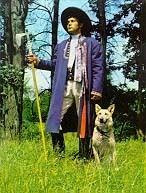
History
During the medieval period, the monarchy of the Kingdom of Bohemia recruited the ancestors of the Chodové from ethnic enclaves within the western Carpathian Mountain region near the borders of what is today Slovakia, Poland, and southwestern Ukraine (possibly including Silesia), relocating these communities to serve as guards along the borders between Bohemia and Bavaria from possible Germanic expansion into Bohemia. These relocations occurred even as the Bohemian monarchy invited selective immigration of Bavarian craftspeople into certain settlements of western Bohemia to assist in the economic and technological development within their Kingdom.

As a condition of their relocation, the ancestral Chodové were made direct servants of the king, with significant privileges that differentiated them from other subjects - including the right of unrestricted movement within the Bohemian Forest region, access to the resources of the forest, and the right to own large dogs forbidden to ordinary Bohemian peasantry. In 1325, the King of Bohemia, John of Luxembourg, acknowledged the rights of the Chodové people to use the woods of western Bohemia, provided that they also protected the borders along them. The Chodové bred special dogs to help accomplish this goal - especially the Bohemian Shepherd (or Chodský pes) which some sources suggest is ancestral to the modern German Shepherd. Chodové traveled widely throughout the mountains of western Bohemia as part of their unique charge and rare freedom, often using special walking staffs, boots, and wide-brimmed hats especially suited to long-distance travel in the mountain forests. Reflected in their ethnonym, implying "walkers," "rangers" or "patrollers," they represent a rare example of a professional identity coming to define a group's overall ethnic designation.
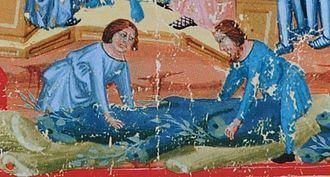
For over three and a half centuries, the terms of the Chodové agreement with the Bohemian monarchy held until the late 17th century when a local aristocrat of German origin, W. M. Laminger von Albenreuth, declared the agreement void - seeking to contain and undermine the autonomy of Chodové and other Czech peasants. The Chodové revolted in 1695, but were unsuccessful. Many persisted as independent ethnic enclaves in the mountains of western Bohemia, while others were fully or partially assimilated into Czech-speaking or occasionally German-speaking communities of Czech and/or German ethnicity in the adjacent countryside. As Czech nationalism arose through the 19th century, Chodové cultural became emblematic of Slavic resistance to German cultural influence in Czech popular culture - shaping perceptions of Chodové people both within and beyond western Bohemia, and reasserting their identity in opposition to ethnically German Bohemians in spite of a long and complex history linking the two groups.
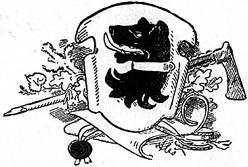
Chodové Since the 20th Century
The events of World War II, including the brutal occupation of the Chod region as part of Germany's Sudentenland annexation, followed by the forced relocation of German-speakers from western Bohemia at the war's end, contributed to a significant decline in the scale and distribution of the Chodové population within western Bohemia. Still, up to 11 villages of Chodové persist, and many still live in the countryside near towns such as Domažlice. They speak the Chod dialect, a separate dialect of Czech, enjoy unique and strong traditions such as the use of special folk costume and musical instruments; they maintain a strong sense of identity that is linked to the Bohemian Forest and their role as defenders of the Czech people.
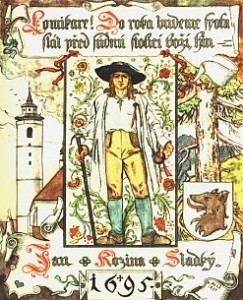
Chodové in Art and Literature
The Chodové have been the focus of art and literature, much of it tied to Czech romanticist and nationalist themes. The Czech painter Jaroslav Špillar lived among them for many years, capturing scenes from their daily life.

